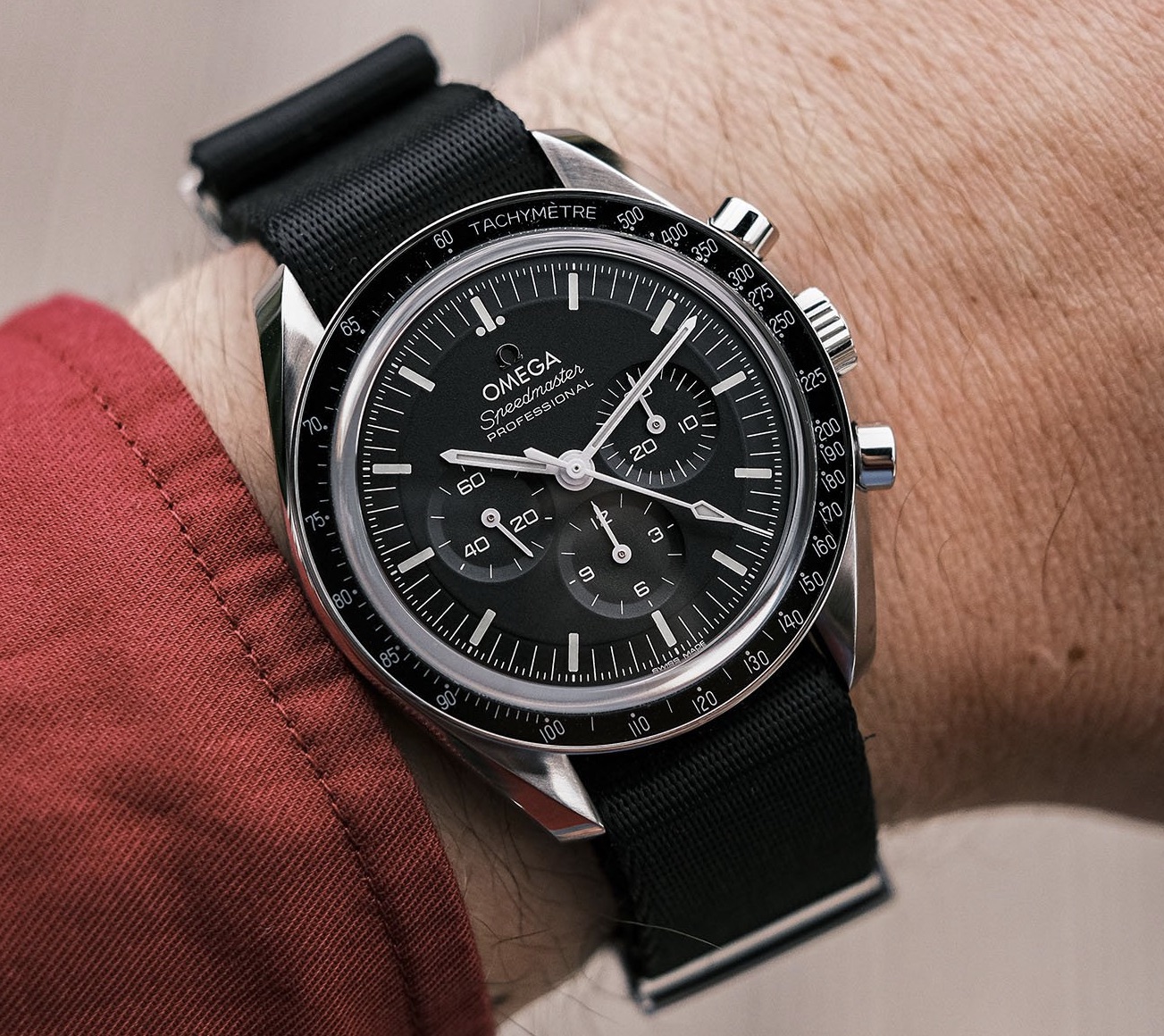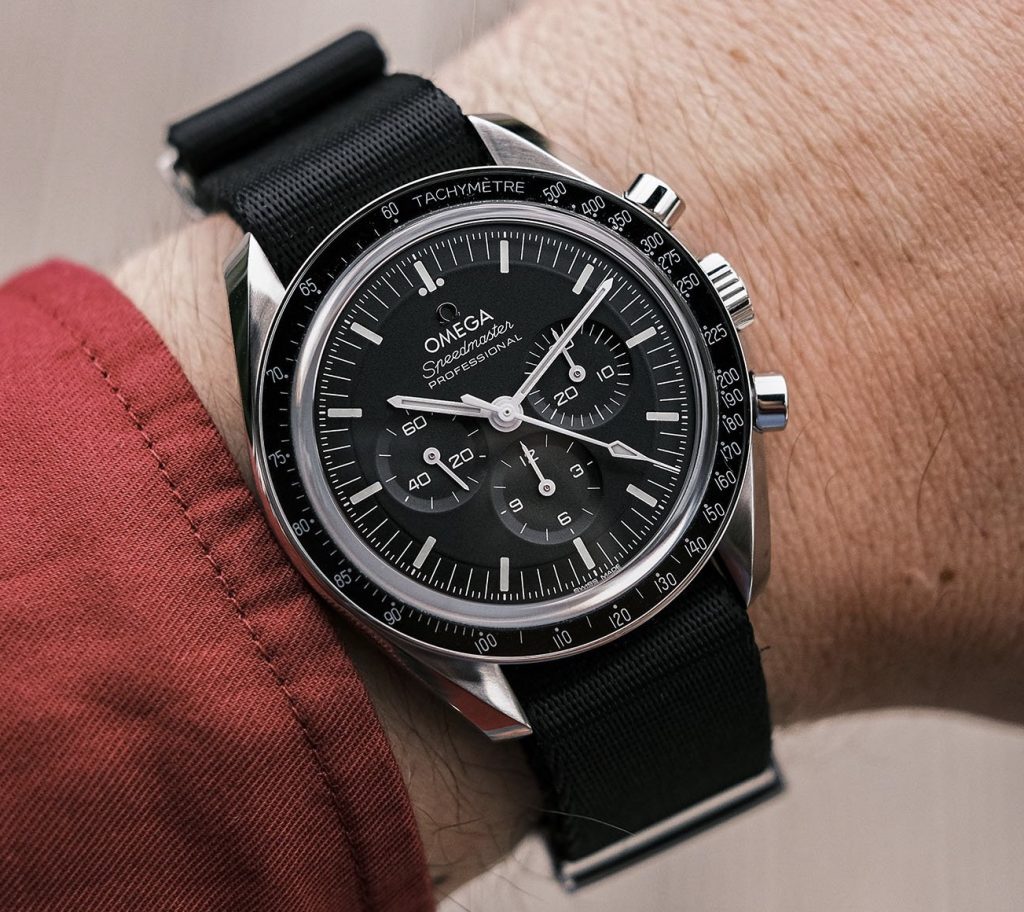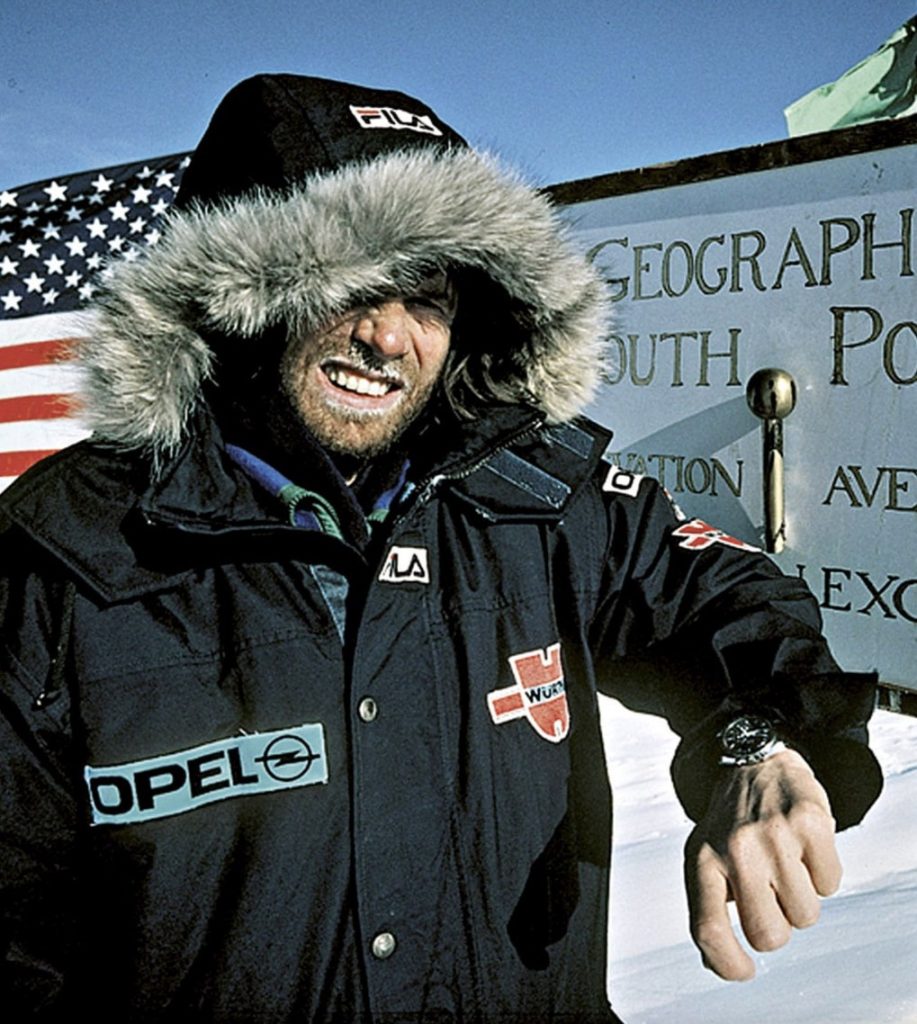
Crossing Antarctica With UK Best Fake Omega Speedmaster Watches For Sale
Today, we’re sharing the story of how two adventurers crossed Antarctica on foot in 1989. One of those men, Reinhold Messner, wore perfect 1:1 replica Omega Speedmaster watches on his wrist during the journey.
Traversing a vast expanse of ice, snow, and howling winds is no small feat. Antarctica is one of the starkest landscapes on Earth. In an environment almost as unforgiving as Mars, even the smallest error can be the difference between life and death. Even the most experienced explorers have lost their lives on that icy continent. From November 13th, 1989, to February 12th, 1990 (92 days), Reinhold Messner from Italy and Arved Fuchs from Germany crossed Antarctica entirely on their own. They had the help of just two supply depots.
The trip would be an epic 2,800 kilometers. The pair would face temperatures of -40° Celsius and blizzards with winds of up to 150 kilometers per hour. They crossed the Thiel Mountains to the South Pole and on to McMurdo Sound on the Ross Sea. It was a remarkable feat of determination in the face of hardship.
The dangerous quest for 8,000m peaks
Messner had already established himself as an adventurer’s adventurer. Before his first major Himalayan climb in 1970, Messner had become an experienced climber in the Alps. In the first four years of the 1960s, he led over 500 ascents (the majority in the Dolomites). In 1970, he had been invited to join a significant Himalayan expedition that was going to attempt the unclimbed Rupal face of Nanga Parbat, an incredibly dangerous feat. The expedition was successful, but it would spell a huge personal tragedy for Messner. Both he and his brother Günther reached the summit, but Günther would then die two days later on the descent of the Diamir face. Reinhold was lucky to escape with his life. He lost seven toes, which had become frostbitten during the climb and required amputation.
Eight years later, Messner would summit Mt. Everest without supplemental oxygen. He did this alongside fellow climber Peter Habeler, and the pair achieved what some thought impossible for humans to accomplish. Messner would go on to repeat this effort in 1980 from the Tibetan side, marking the first known solo summit of the mountain. During his mountaineering life, Messner became the first person to climb all 14 mountains higher than 8,000m in the world, and he did so without supplemental oxygen.
An inauspicious start to an Antarctic adventure
Explorers today can trace their paths on what is known as the Messner Start. It has that name because when Fuchs and Messner first arrived in Antarctica in November 1989, they planned to resupply at the Pole and use kites for the outward leg. But the DC-6 plane chartered by Adventure Network International (ANI) was delayed fighting forest fires in California. ANI also had problems getting the plane and fuel into position for Messner and Fuchs to start at Berkner, where they had planned to begin their journey.
With time running out, ANI eventually dropped Fuchs and Messner at a relatively random point inland, not on any coast. Messner was furious and threatened to sue, but ANI refunded him, and the event was forgiven, if not forgotten. This random start point has been named the Messner Start. When writing his account (Antarctica: Both Heaven and Hell) of the journey years later, Messner would recount his disappointment: “If we were to reach the other side after marching 100 days, it would be no longer a complete traverse of the Antarctic.”
An Antarctic journey with the Omega Speedmaster fake watches
Messner and Fuchs left the Ronne Ice Shelf on November 13th, 1989, and got to their first supply depot in the Thiel Mountains 23 days later. They arrived in the US Amundsen-Scott Base at the South Pole on the last day of 1989. The pair then set out for McMurdo Sound a few days later, on January 3rd, 1990, dragging sleds weighed down with 45 days’ worth of food and supplies. They worked through and slowly descended the Mills Glacier before finding two icefalls at its junction with the Beardmore Glacier. These obstacles would prove difficult to overcome, but the pair finally managed to reach Scott Base near McMurdo after a 92-day journey.
Messner would go on to say that it was an incredibly physically difficult trip: “Each of us pulled his own sled, loaded with from 120 to 50 kilos. Each kept his own pace,” he said. “Each carried out certain duties. Arved Fuchs navigated. I kept ahead following his compass directions. We were the smallest possible group and the rules of living together were dictated by the tiny size of the tent and nature.”
“Also the length of the crossing: from the edge of the Weddell Sea to Scott Base it was 2580 air kilometers, but we traveled 2800 kilometers because we had to traverse 1000 kilometers of sastrugi fields and 200 kilometers of heavily crevassed glaciers and icefalls, which put all Himalayan ice formations in the shade. The sleds behind us and the skis under us, mixed with our breathing and pulses, were the only sounds. Else all was silence. What silence! At first this depressed me. I was not accustomed to such silence. But then it became peace, a peace from my very soul.”
Concluding thoughts on using replica Omega Speedmaster watches on the trip
The AAA online replica Omega Speedmaster was the watch that Messner took on this great journey. Apparently, he used it to aid with navigation. This would be the perfect choice for an explorer in difficult conditions, where the watch would have to function well despite the -40°C temperatures and 150km/h winds. The luxury Omega Speedmaster copy watches UK had, by this time, already proven itself a capable workhorse in the NASA space program.
Once again, the high quality Omega Speedmaster fake watches proved itself a reliable horological companion for the most challenging of circumstances. Thanks to Fratello reader Martin, who flagged a photo with me that started my rabbit-hole investigation into this story! And our thanks to the New Zealand archive for the images of Fuchs and Messner.

